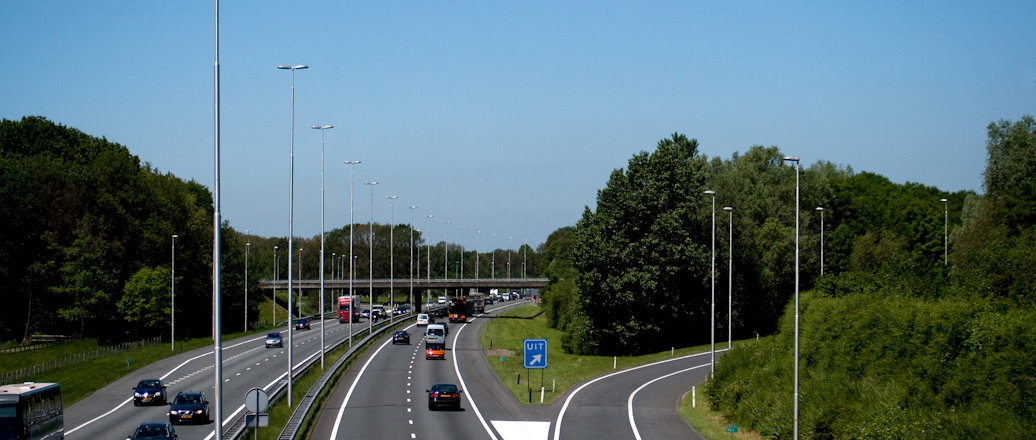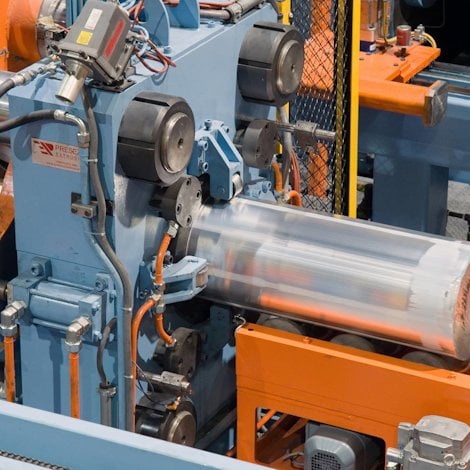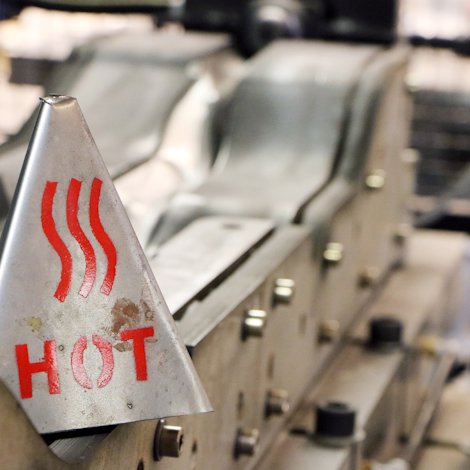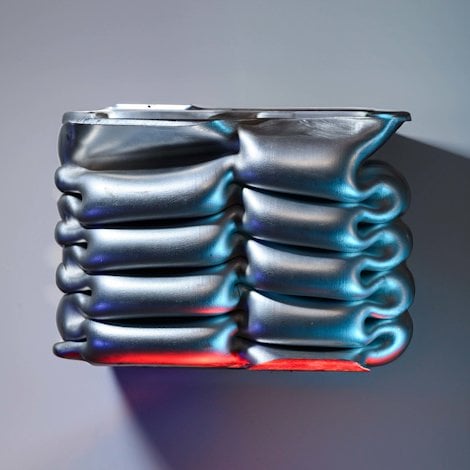Passive safety is making roads safer
I believe that passive safety is a significant tool in making the roads safer, and I see the future of passive safety as bright and rosy.
I had already adopted the concept of “safer” products before passive safety was introduced, but even my choices did not provide the benefits that passive safe products provide.
I know it sounds clichéd, but my approach has always been that if anyone in my family was using the highway network and was unfortunate to be involved in an incident and hit a piece of street furniture, that enough had been done to ensure their safety.
Passive safety costs need to be managed
The benefits of passive safety are quantifiable from a safety perspective, however, the costs need to be managed. If the overall cost of implementing passive products becomes prohibitive then the wider adoption could be compromised.
Cash-strapped local authorities may be unable to afford implementing passive policies.
Who should pay for passive safety?
One down side to passive products is that it is possible for a vehicle to hit a product and drive away without anyone knowing who caused the damage, leaving the highway authority to pick up the cost of the replacement. Whereas if a non-passive product was used and the vehicle was impaled on the post, then the culprit would be known and the cost for repair charged back to the driver.
But there are other social costs to the individuals injured, the families, cost to the emergency services, the NHS, insurance companies, etc. So a question to be considered is who should pay for passive safety?
However, let's go back to the beginning. My question would be: Has enough been done to provide a safe environment to ensure the safety of my family in the event of an incident? Passive safety contributes towards that.






